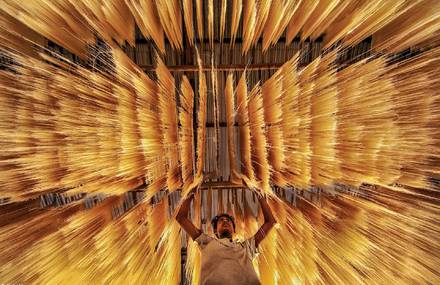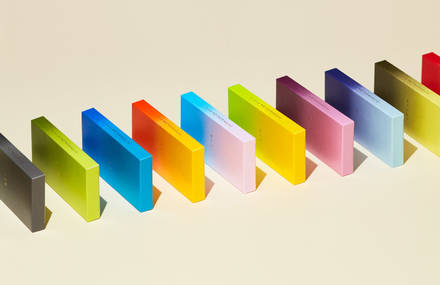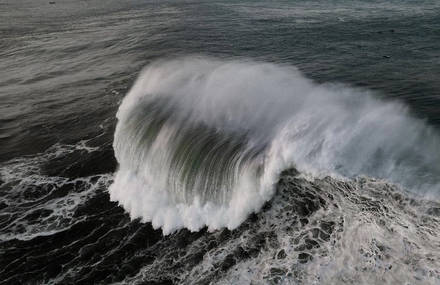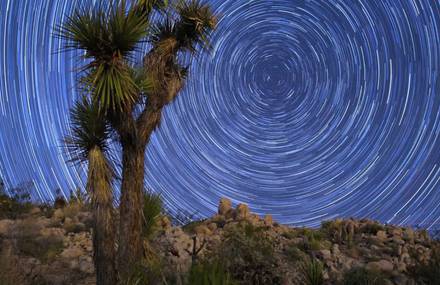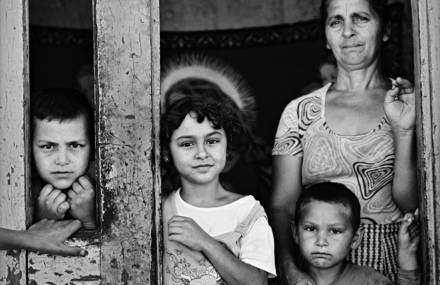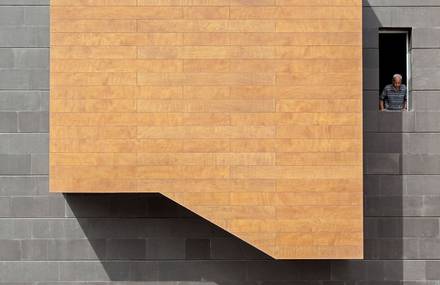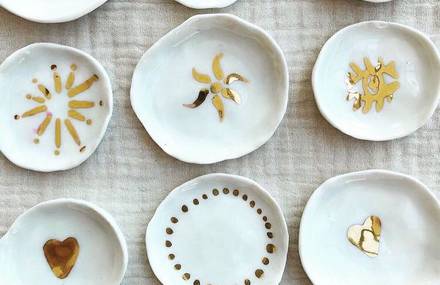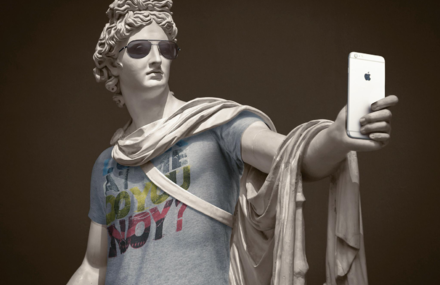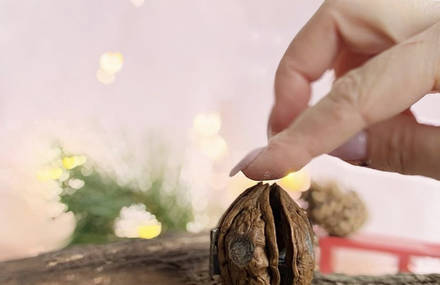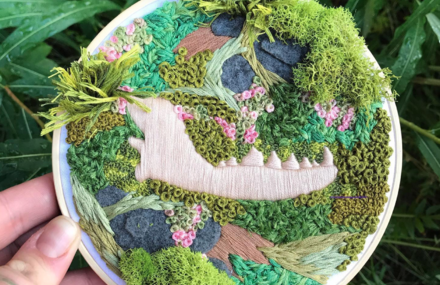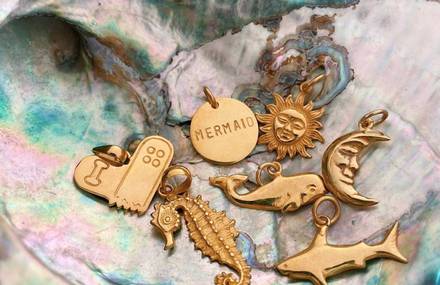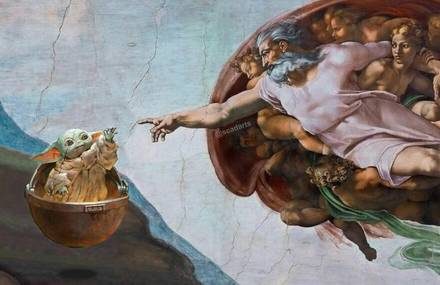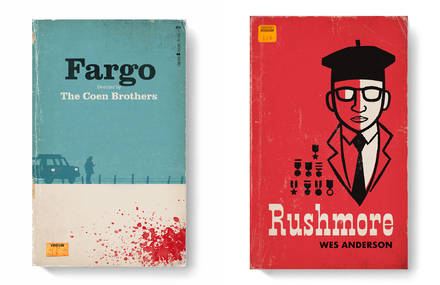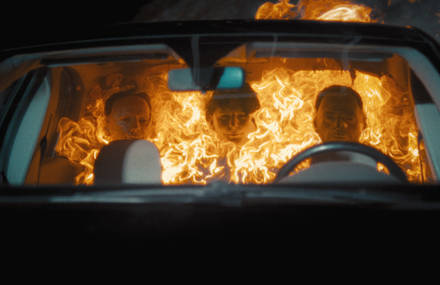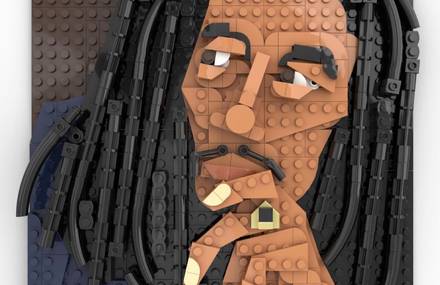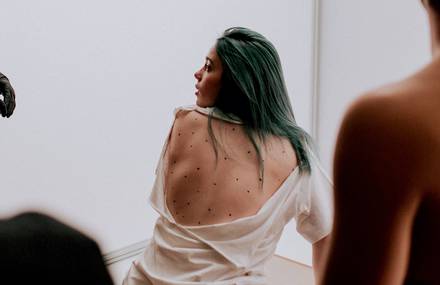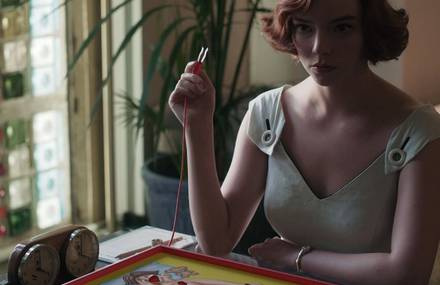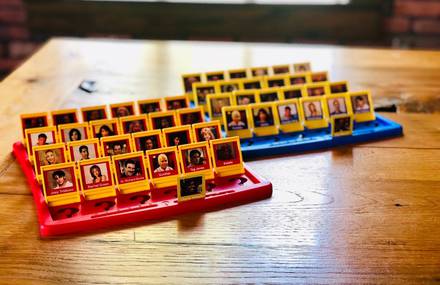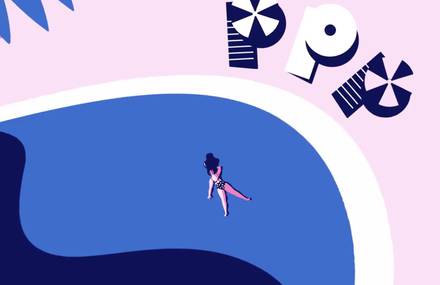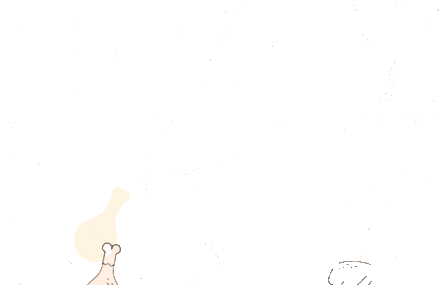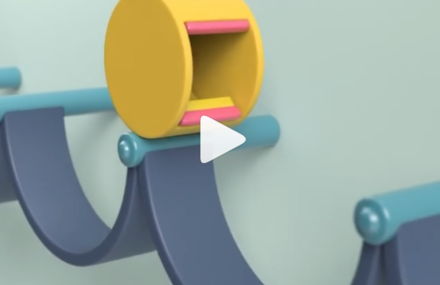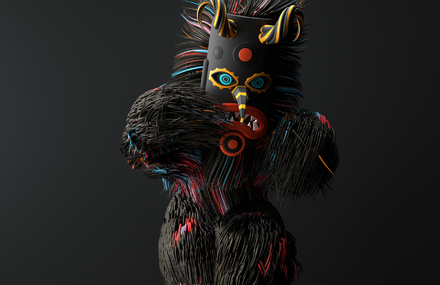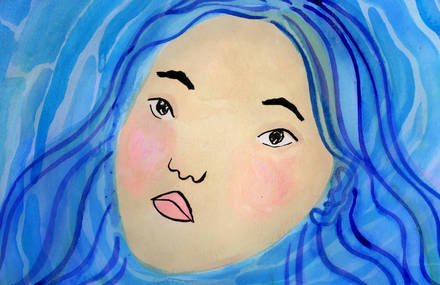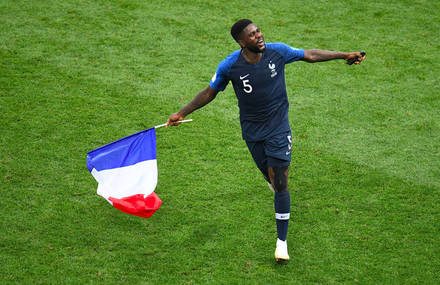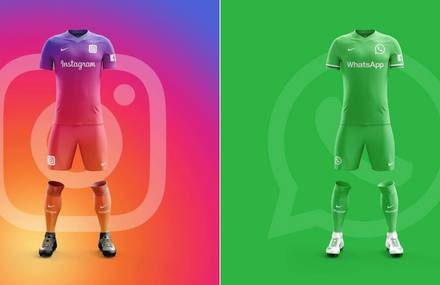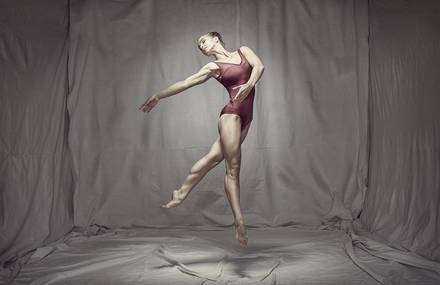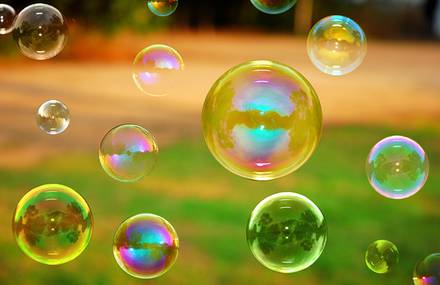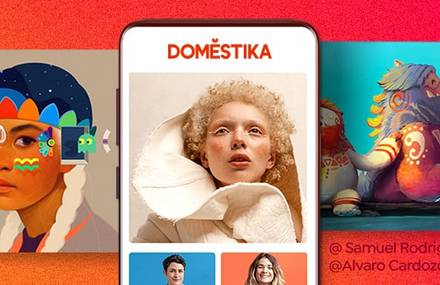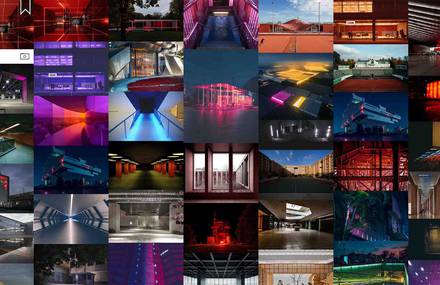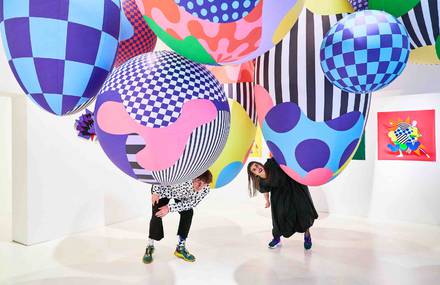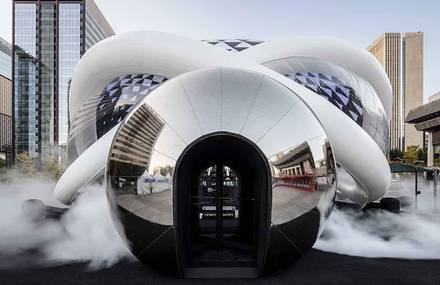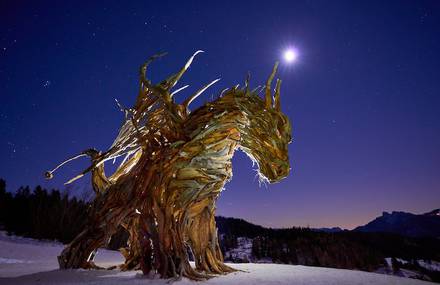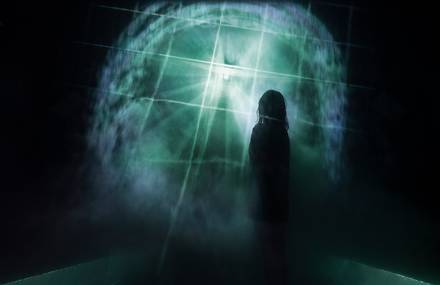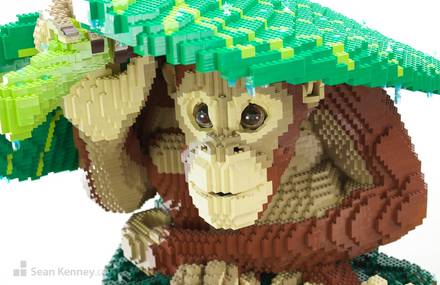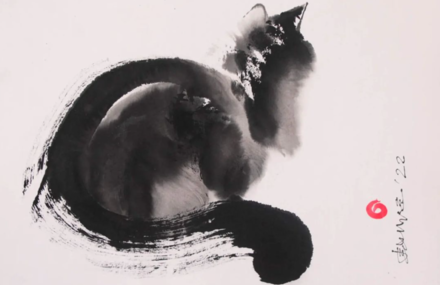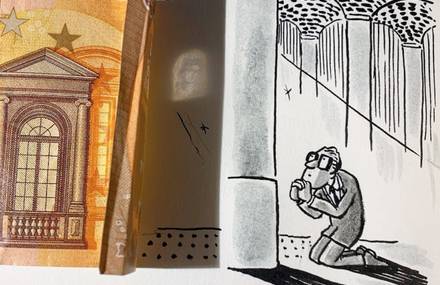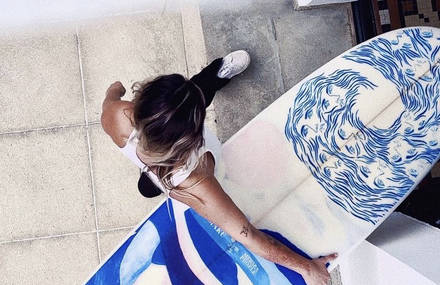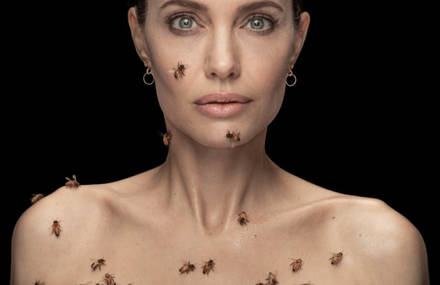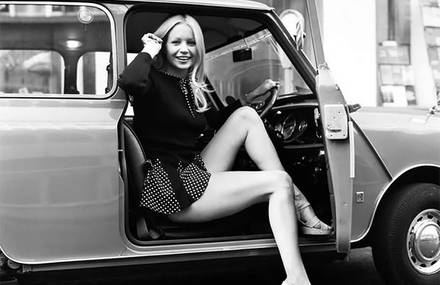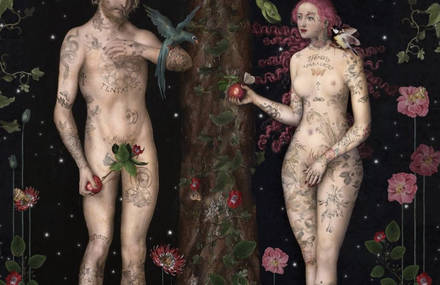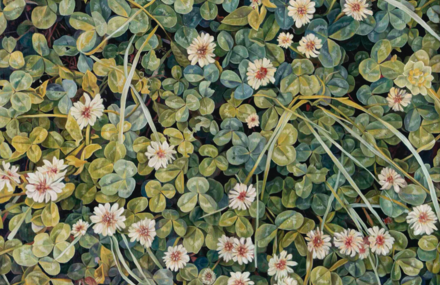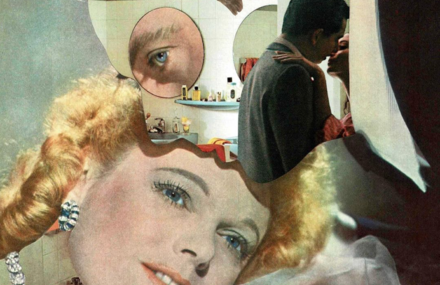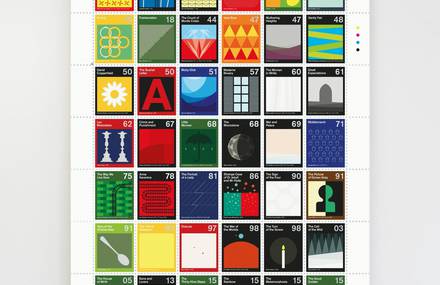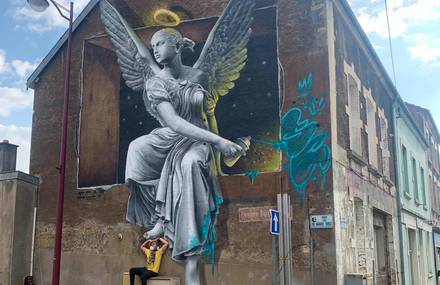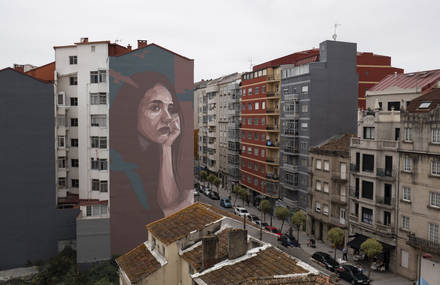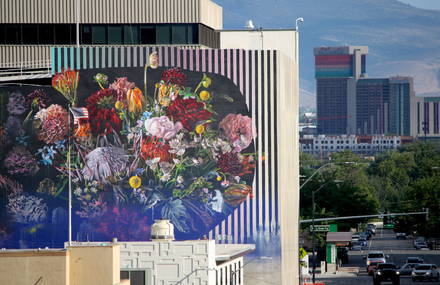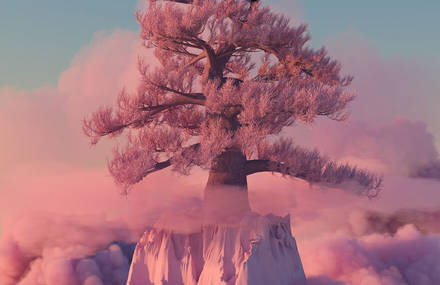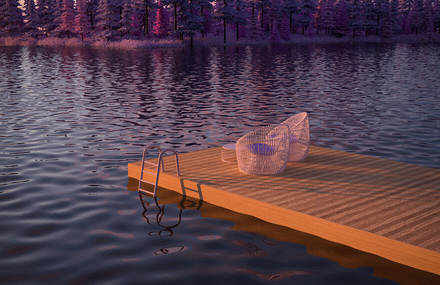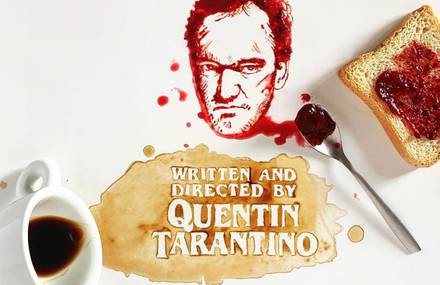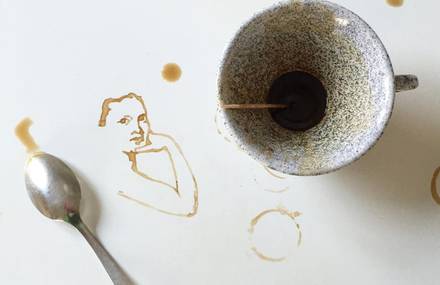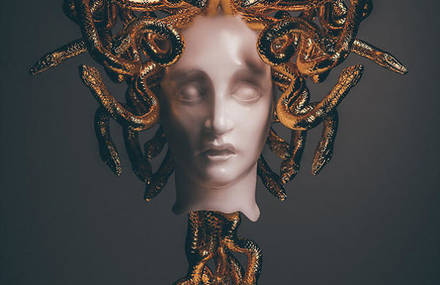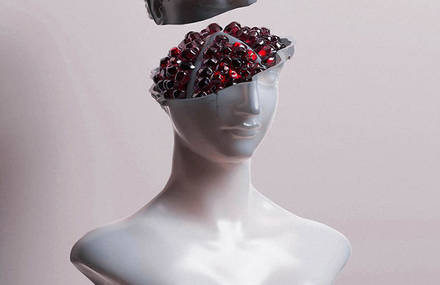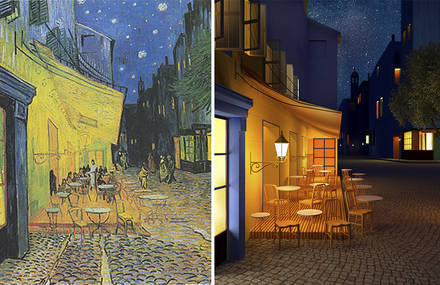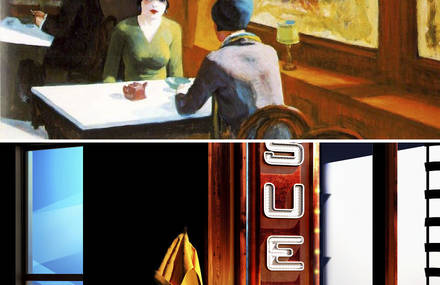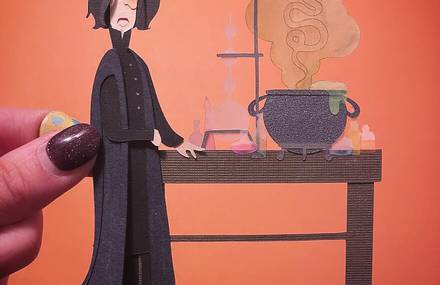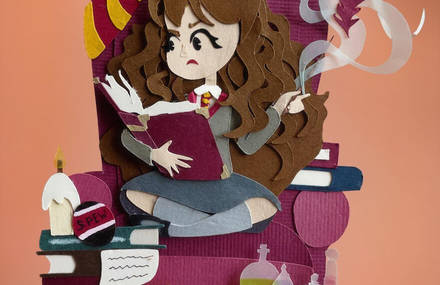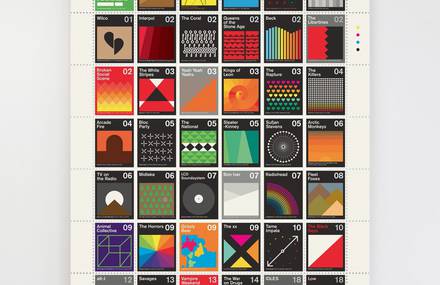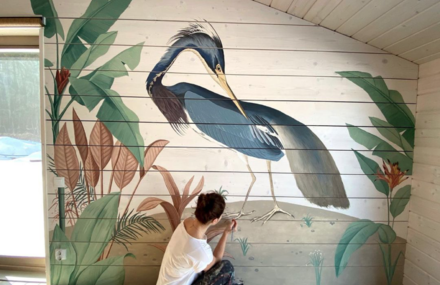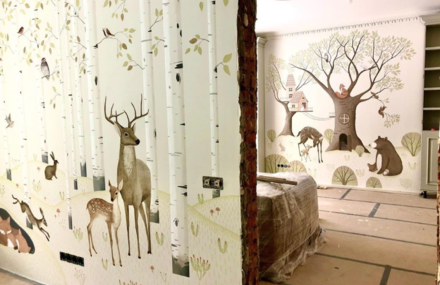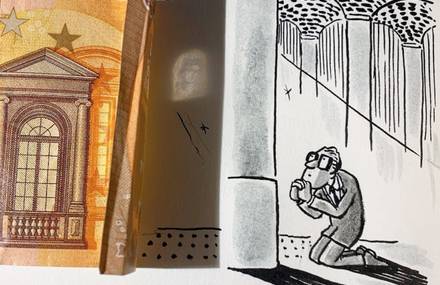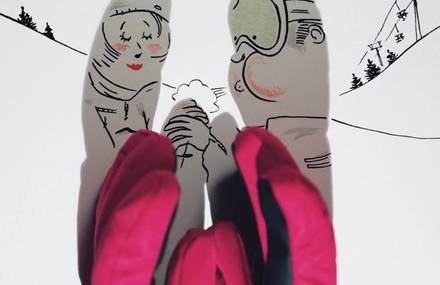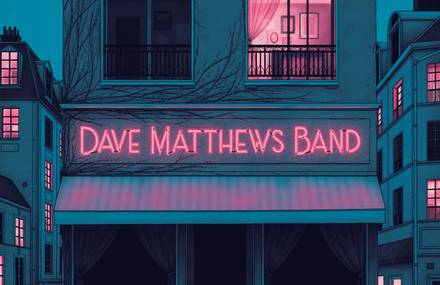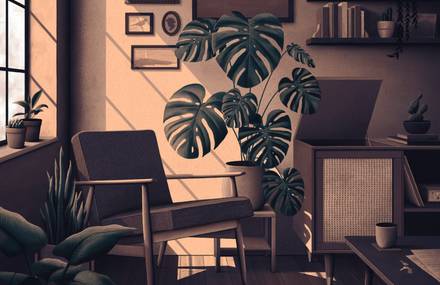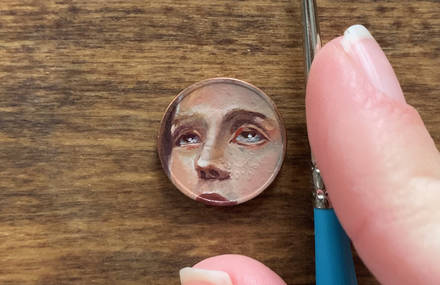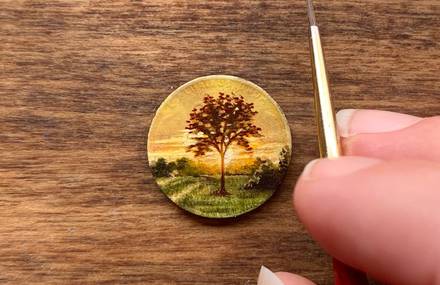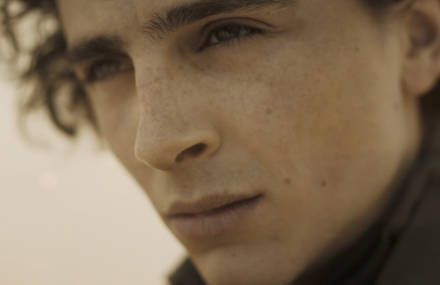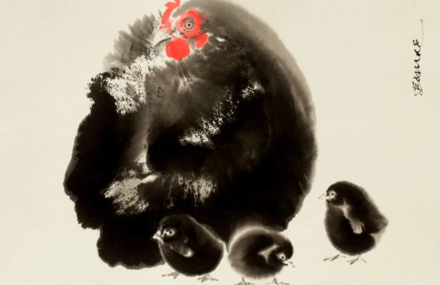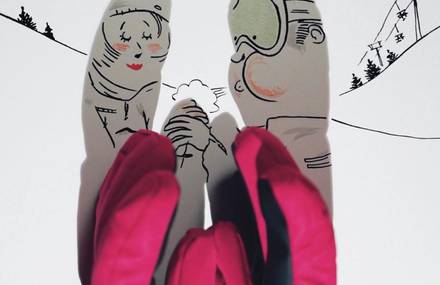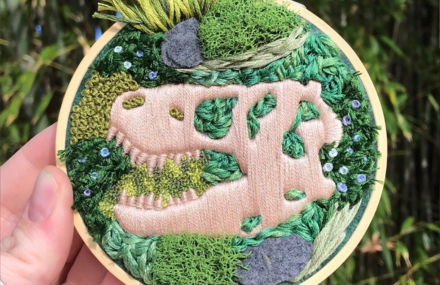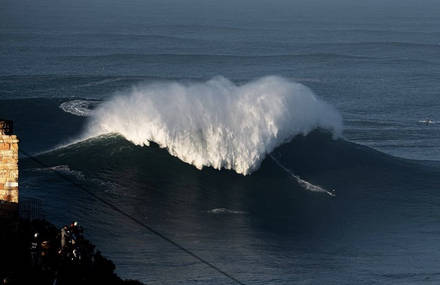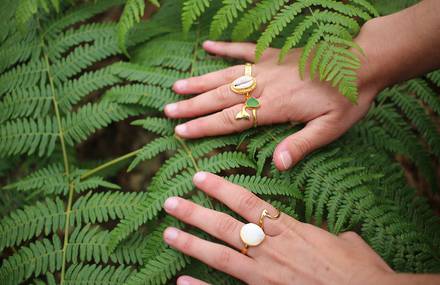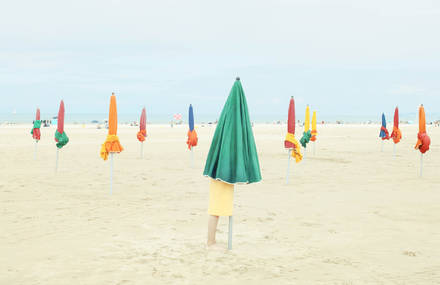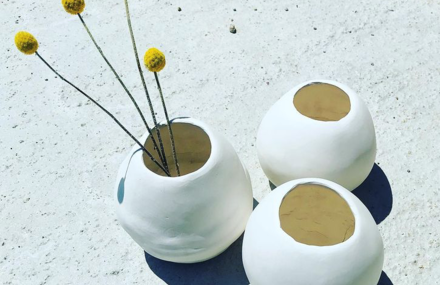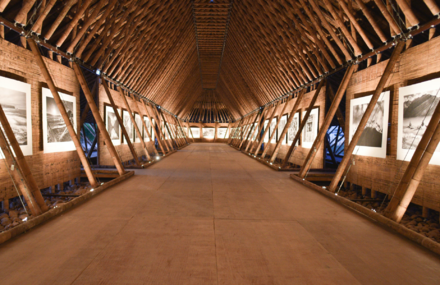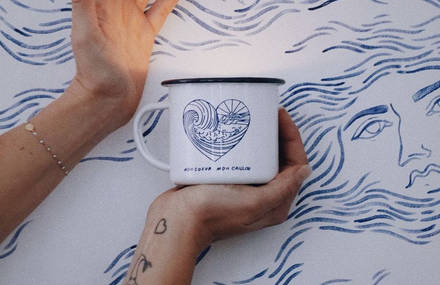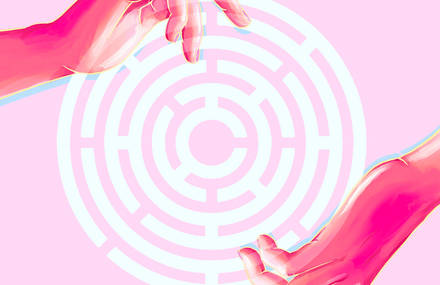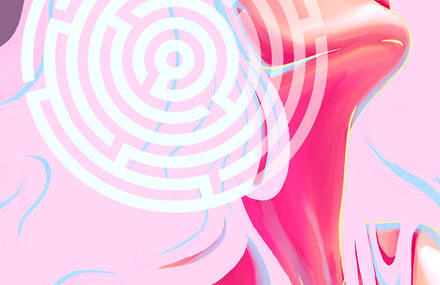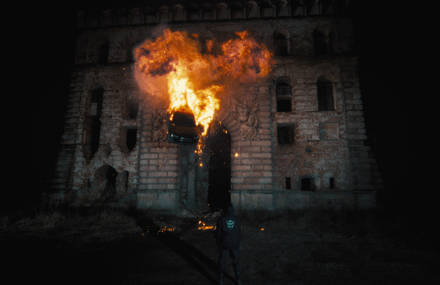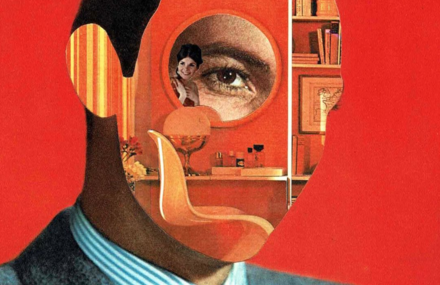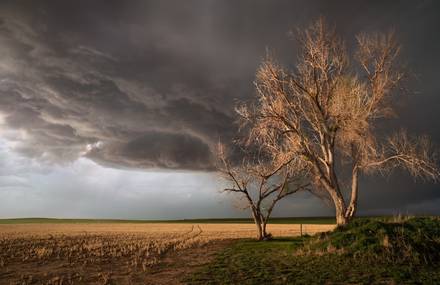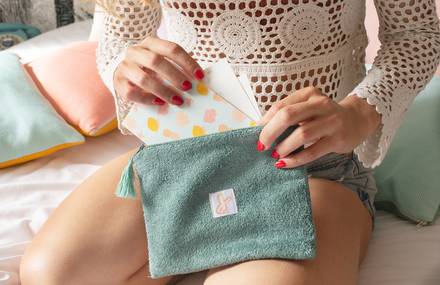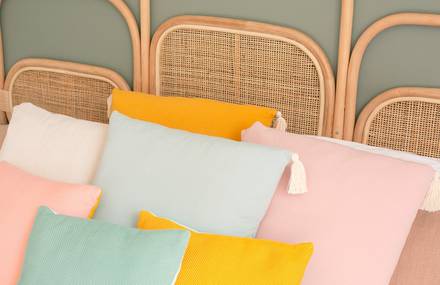Fubiz and Adobe Stock offer you a new artistic collaboration, around one of the visual trends identified by Adobe: “Art Deco revisited”.
Many artists use 3D art to bring this artistic movement up to date through the use of shape, texture and color.
Two 3D artists have collaborated together: Matthieu Braccini, a 3D designer and Adobe Stock contributor Esther Vicario Azcona – aka Mamba Azul – who imagines three-dimensional structures, between architecture and abstract.
From the images of Esther Vicario Azcona, Matthieu Braccini imagined original creations, mixing his world with that of the contributor Adobe Stock. He thus transports us to a world between architecture and enchantment set with references to Art Deco.
The two artists participated in the cross-interview game, and tell us a little more about their creative world, their process of creation, their inspirations and their use of Adobe Stock as creatives.
Can you introduce yourself in a few words and tell us a little more about your creative universe?
Matthieu Braccini : I started drawing very early when I was young and got my first graphics tablet when I was 12. Creating something visual was a passion for me, but I didn’t think you could make a living from her creations. I did some studies more or less related to visual culture, but I learned almost everything in parallel on my own. Very quickly I started freelancing, so that I could be fully free, and do what visually interests me.
My creative world is gradually expanding into the specialties of 3D, moving towards more realistic things, to others more illustrative. This is all still under construction, but I wish I could use all my knowledge, to create a universe of my own, encompassing many design styles.
Esther Vicario Azcona : I’m an architect and I split my work between architecture and the imaginary 3D world. When I consider architecture, I think about how it will work in the real world, how people will live in a certain space and how it will come about. However, the 3D world gives me so much more freedom as I’m not tied to reality; I can imagine environments, figures and materials and they don’t have to follow the laws of physics; anything is possible in 3D.
Matthew, you manage to create mesmerizing three-dimensional universes, how did you come to this universe? And what are your inspirations?
I separate graphic inspiration from narrative inspiration. My graphic inspiration was basically created by the day before, I saw artists who really spoke to me, it made me want to do something like that. Besides that, I like to tell something when I create. I make up stories that motivate me to create something around it, not the other way around. So I’ve always made small ones around a concept, rather than series of unrelated images, where I find inspiration more difficult.
After 2 to 3 videos, I found my style to be a force of testing colors, patterns, or even rendering engines, which themselves give a grain to the image.
Esther, you create geometric shapes in 3D to imagine abstract structures in minimal color style. What are your inspirations?
I have a massive folder of references for this. I admire current artists such as Peter Tarka, Paloma Rincon, Sixnfive, Man Vs machine and SerialCut.
As well as these artists, my 3D images are clearly influenced by post-modernism which in turn drew from Art Deco.
Regarding my use of color, I seek inspiration from the world of fashion and current interior design trends.
How is your typical creation day organized? Where do you feel the most comfortable to create? Can you tell us a little bit about your creative process?
M.B. : In terms of organization, I am never satisfied haha! Let’s say I find it hard to combine motivation and consistency, so there isn’t really a typical day … just days with or days without. When I feel like I’m motivated, I just try to stay focused for as long as possible.
That said to be a little more regular, I like working in coworking! Being in the midst of working people allows me to stay focused on my creations. Regarding my creative process, I walk a lot to challenge!
I love diversity so if I feel like doing something I’ve never done before I go out and see if I like it. I also like to be evolving in my work, I find it hard to see myself doing two projects that look alike in a row, so after each exercise, I try to find some elements that will enhance what I have already done. I don’t reuse the same patterns or the same colors between projects.
V. A : On the normal day, I get up, have breakfast, get dressed and my day begins when I get to my studio. I don’t do yoga every morning and I don’t get up at 5 am. I keep business hours because clients call me throughout the day.
The best place for me to create is in my study because I’m surrounded by reference books that help my creative process, the space is comfortable, silent and well-lit. But really, I can work anywhere, I have amazing powers of concentration when I’m working.
My creative process always begins by looking up references, similar jobs to this new brief. Then I start the design, always freehand on paper. A teacher once told me that only your hand is capable of following your brain, and it’s true. I make all my decisions on paper. In a creative process, decision-making is fundamental. Finally, I turn to the computer, where I adjust everything until it works. The final result does not always match the paper version, but that’s the idea.
Matthieu, for these original creations, you collaborated with Esther Vicario Azcona, a digital artist and Adobe Stock contributor who immerses us in minimal and colorful geometric atmospheres by imagining abstract 3D structures.By using her images, you brought to her atmospheres your personal touch and gave them a new dimension. What did this collaborative work bring you?
Like any collaboration I have done: a different point of view, and therefore a creation that I could not have done alone. I really like external feedback or collaborations, precisely by adding constraints, to be able to create something different from what we are used to doing.
This is my first safe architecture based creation, without Esther’s creation in the middle, the whole scene would have been different.
The biggest constraint was the placement of the light area. For ease, I would have placed it in the back, to have a full view of the exterior, and feel the volumes thanks to this lighting. But here, I wanted to highlight the collaboration, and therefore put the painting in the center, with direct lighting on it. It completely changes the composition! It was a challenge, because the front lights are harder to manage to get something aesthetic.
Esther, You are an Adobe Stock contributor. According to you, what are the benefits for an artist to publish his creations on the platform?
For me, the main advantage is being able to sell my designs around the world without leaving my studio. Furthermore, the creative process is very satisfying as you are completely free, there’s no commission at stake, you decide.
Adobe has selected the design trend of “Art Deco Style Revisited” amongst the 2020 visual trends, which is characterized by surprising visual elements, and are reminiscent of the Art Deco style.
What do you think it represents? How can this notion get closer to your universe and how does it fit into your art?
M.B : For me, art deco is the art that follows us all day long, whether at work or at home, it is something global, which speaks to everyone. I suddenly find the trend interesting. we find there the notion of composition, color, geometry, so this trend of applied design corresponds well to my universe. So I adapted what I know how to do, to this trend, with the colors, and the shapes that speak to me.
V. A : Art Deco was a style characterized by its eclecticism, drawn from many influences such as Futurism, Cubism, Mesopotamic art, Ancient Egypt or African Primitivism among others. This made it universal and so it was popular in many societies. Its style was characterized by its geometric abstraction, its simplification of shape, its order, its symmetry and its coloristic explosion, its optimism. This movement emerged between the wars, led by a new generation who were keen to change the world and the style reflects their outlook.
Many Art Deco features can be spotted in my 3D projects such as primitive geometric shapes, straight lines, angles, symmetry and the use of color. In addition, I want these projects to be universal and simple. They should work anywhere in the world and the whole world should be able to understand and appreciate them.
If you could summarize your work in one sentence, what would it be?
M.B : The more meaning, the more I find myself there!
V. A : Inspiration exists, but it has to find you working, to quote Pablo Picasso.
